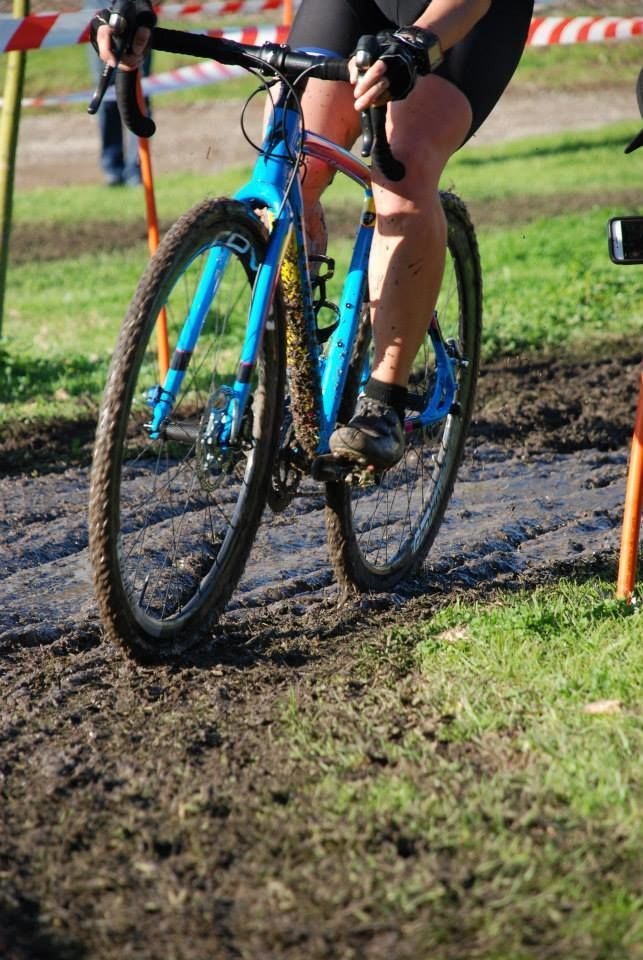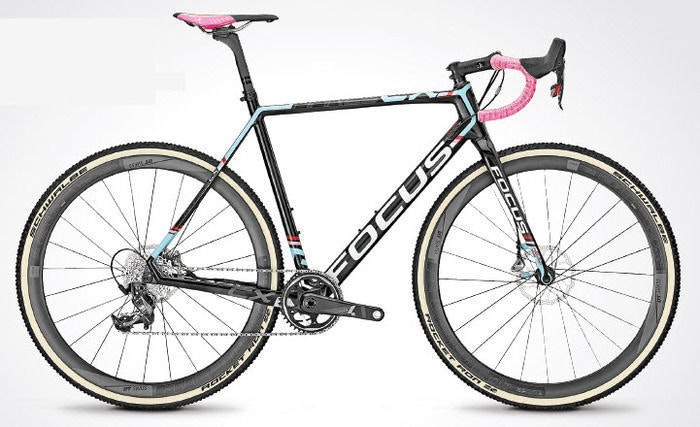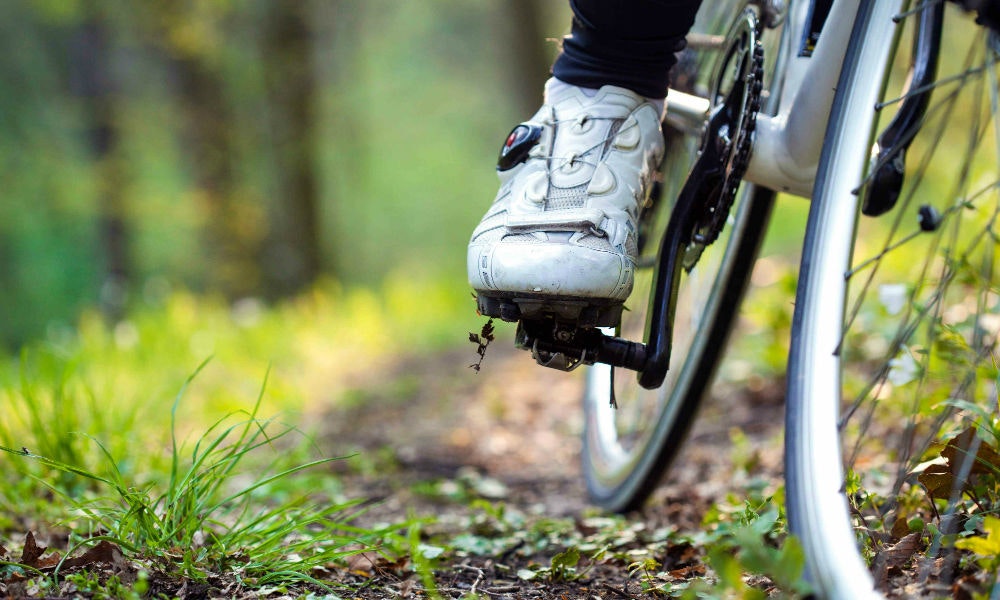Cyclocross is predominantly a European based sport, invented to keep cyclists interested over the cold winters when riding on the road was impossible due to the harsh weather conditions. It is commonly referred to as 'Cx' and is the new black in cycling.
The spiritual home of cyclocross is in Belgium, and is considered a much harder and tougher version of road racing. When you think about what the Belgian's define as road racing (that is the Tour of Flanders), then you get an idea of the mentality that created Cyclocross.
The general theme of cyclocross is the tougher the better. This means, cold, rain, mud, snow, obstacles, whatever you can think of to make riding harder, cyclocross eats it for breakfast. The courses are normally so extreme that you have to regularly dismount your bike to clear an obstacle or scale an incline that would be more at home at a waterpark.
But therein lies the fun… Getting dirty, having a laugh, and doing things you wouldn't normally do, all make this a great style of cycling to be involved in.
Cyclocross takes itself far less seriously then road racing. Gone is all the posturing and glamour of the road, in cyclocross the less glamorous the better.
If you come out clean at the end, you’re doing it wrong!

Thanks Peter Hepworth of Topgear Cycles for the great action shot.
See also: Penny Hosken opens the door to Cyclocross for us
Cyclocross courses are extremely varied, they can include sand dunes, mud pits, stairs, rails, hurdles, or a combination of all of the above. They are normally run in parks and very rarely on roads, which is great for safety and venue availability.
The races are typically an hour in duration for the men and 45 minutes for the women. Think of it as a crit or kermese race, but with complications. The course will normally be 2km, give or take a few hundred yards.
A good description of the skills you need to posses to perform well at cyclocross is;
• Have the volume of road racer
• The skills of Mountain Biker
• Transition from run to ride better than a triathlete.
See also: Project.Cross - Max Podschun is doing big things on the local Cx scene
Cx bike
Obviously to tackle such a demanding event, the equipment needs to be slightly different. Below is a brief guide to the features of a cyclocross bike:

Disc brakes
This isn't a must, but it is becoming more and more common. The disc brakes allow greater stopping power in the wet and muddy conditions over traditional caliper brakes.
1 * drivetrain
Similar to disc brakes, the 1 * drivetrain isn't everywhere yet, but it is certainly heading in that direction. Less moving parts means less potential issues, and when your running gear is covered in mud, dirt and grit, you want the least amount of potential issues possible. It also eliminates any overlap you would normally experience riding with large and small front chain rings. As a result the front chain ring is somewhere in the middle of a traditional 53/39 set-up, normally a 44 tooth front chain ring is used.
Wider tires and greater clearance
The tires are normally 33c to cater for the rough conditions and obstacles, and have a knobbly surface to help with traction and grip.
Greater clearance of the front fork is an obvious change given the wider tires. The forks need to allow for a 33c tire as a minimum, not to mention all of the mud and grit that will inevitably build up during the course of the race.
Smaller gear selection
Gear selection is very different given the terrain that needs to be covered and the vastly potential profiles of the courses. If riders are using a traditional drivetrain set up with a large and small front chain ring, they will typically ride a 46/39 complemented by a more traditional 11-25 or 11-28 on the back. As mentioned above, a 1* drivetrain will typically run a 44 on the front with a larger ratio 11-32 on the back.
Pedals and shoes
MTB cleats and shoes can do the job. The biggest factor is being able to clip in and out with ease. Depending on the course, this could be several times per lap, and the last thing you want is your cleat getting stuck or being a nightmare to get back in, so for that reason road cleats and pedals are not the preferred option.

Flattened top tube
This is a truly unique cyclocross feature. Having to carry your bike in certain sections of the Cx course requires you to carry the bike over your shoulder, otherwise known as ‘shouldering’. Having a flat top tube makes this far more comfortable and easier to control over the traditional rounder tubing.
The popularity of cyclocross in the southern hemisphere is growing rapidly. The timing and entertaining nature of the sport is the perfect way to get through winter on the bike. The season typically runs from May to September so check out your local club or event and get involved.
Keep up with our reviews, news, interviews and more - like us on Facie or subscribe to our email





